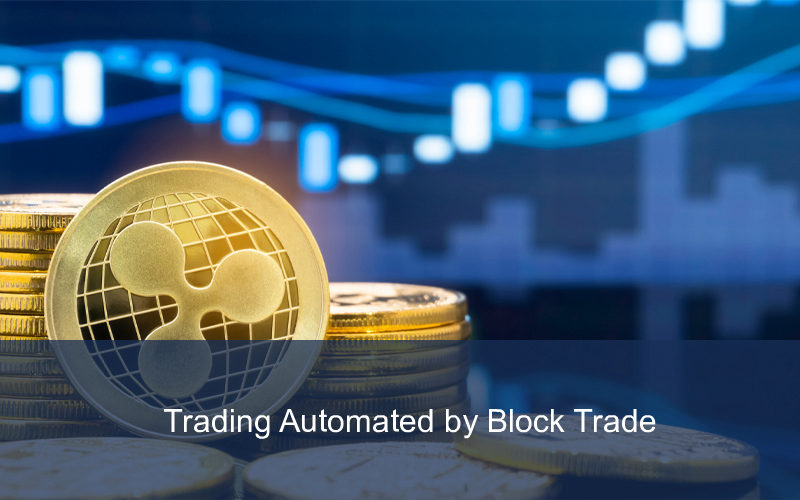Loopring has recently launched a new feature on its platform to provide users with self-custodial access to multiple liquidity sources, reducing slippage and fostering a more efficient, competitive decentralized finance (DeFi) landscape. The newly introduced “Block Trade” feature is designed to revolutionize crypto trading by harnessing the power of its underlying protocol, bringing together various liquidity sources such as centralized exchanges (CEX) to serve users that retain control over their assets.
Drawing on the liquidity of CEXs, any Loopring user can now tap into premier liquidity and minimal slippage across the crypto spectrum, all while maintaining the security of their self-custodial wallet. This mechanism of Block Trade resembles that of the traditional stock markets, wherein substantial transactions are conducted outside the open market as private purchase agreements.
The main issue that Block Trade solves is the ‘slippage’ – a process of impacting the asset’s price due to large trades. By enabling sizable transactions outside the public order book, it causes the market to remain stable. This is particularly beneficial for small to medium-sized decentralized exchanges (DEXs) with limited liquidity. By allowing them to potentially access vast amounts of liquidity, Loopring’s Block Trade helps to offset this issue.
Now, lets see how this feature works. Let’s assume a scenario between a Loopring user (A) and a market maker (B) exchanging Loopring Coin (LRC) tokens for USDC. User A will initiate the swap by sending their LRC tokens to Market Maker B on the Loopring Layer 2. Upon completion of the trade, user A would end up with USDC, while Market Maker B will receive their LRC. What's more, Market Maker B then transacts the same amount of LRC on the CEX in order to make sure their asset balance is balanced across both accounts, thereby enabling them to promptly satisfy A’s trading request.
It is important to understand the two major risks involved in using Loopring’s innovative Block Trade solution. The first option would mean the user may have to wait up to 24 hours for the market maker to rebalance the L2 liquidity. During this period, users will not be able to access or use their locked tokens, and in extreme cases, if the market maker does not reinstate the required liquidity within 24 hours, users may need to wait indefinitely for services to be back online for the swap to take effect.
The second option, imitates a regular swap by allowing users to trade immediately on the L2 with near-immediate execution, CEX level liquidity and low slippage. However, they will not be able to acquire the maximum amount with this method.
All in all, Loopring’s feature of Block Trade significantly advances crypto trading by mitigating slippage and offering users with self-custodial access to a plethora of liquidity sources, allowing them to make informed decisions when swapping tokens, thereby obtaining the benefits of this innovation.
 William Brown
William Brown
- 2023-05-15
Revolutionizing Crypto Trading with Block Trade
Loopring has recently launched a new feature on its platform to provide users with self-custodial access to multiple liquidity sources, reducing slippage and fostering a more efficient, competitive decentralized finance (DeFi) landscape. Learn about the Block Trade feature and how it can revolutionize crypto trading.

